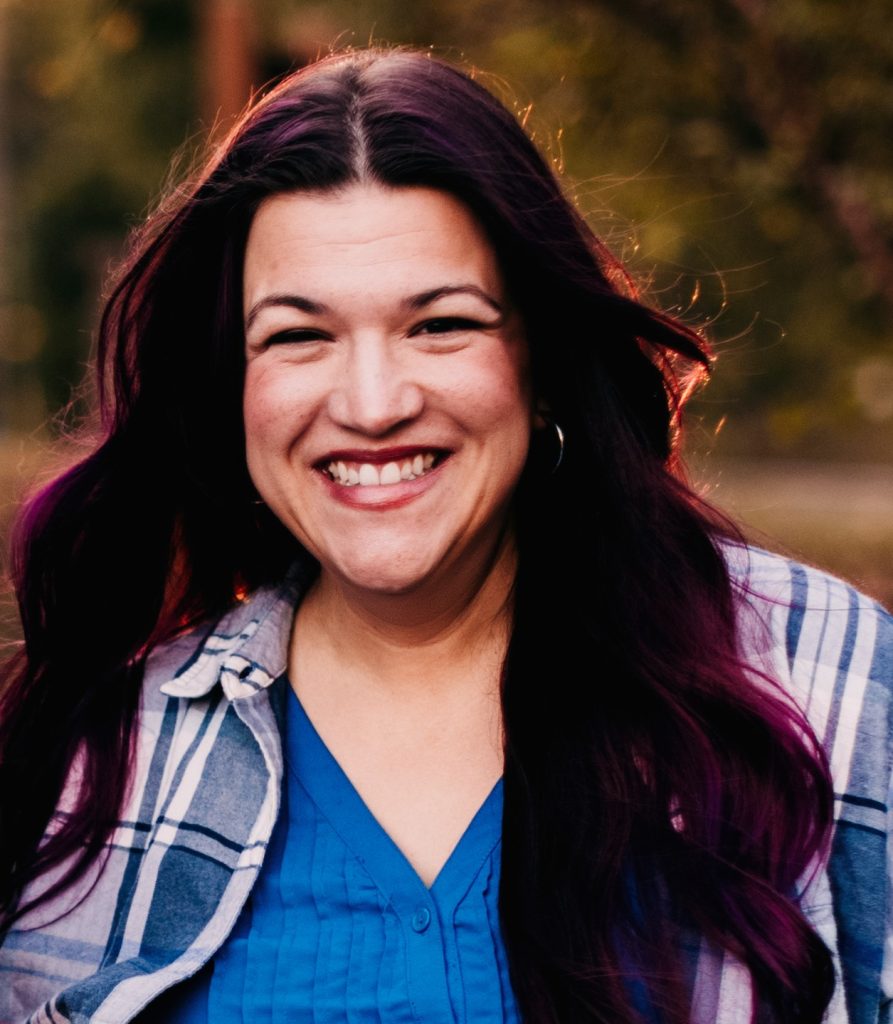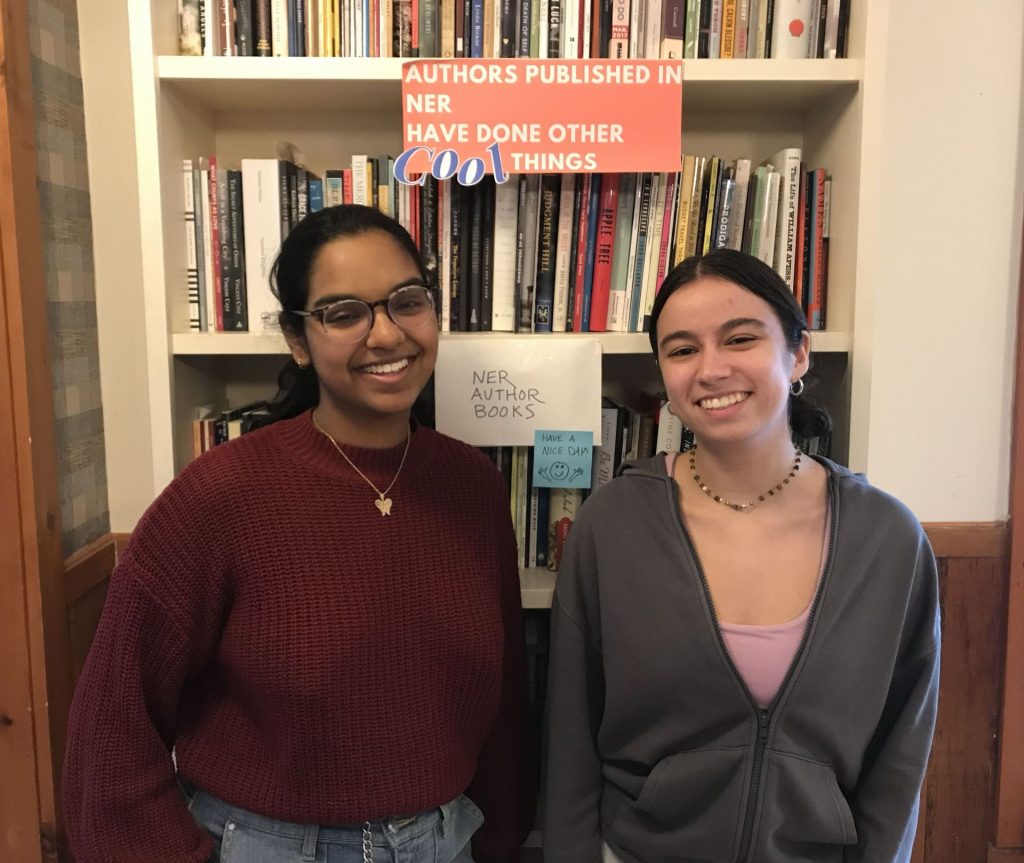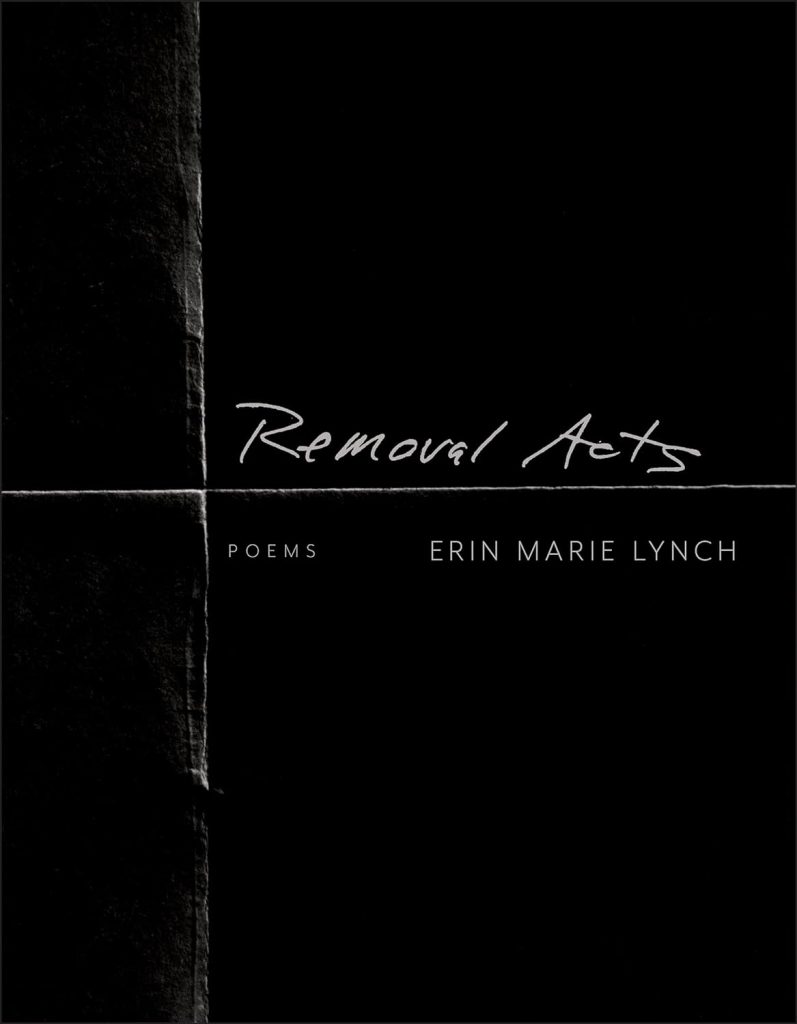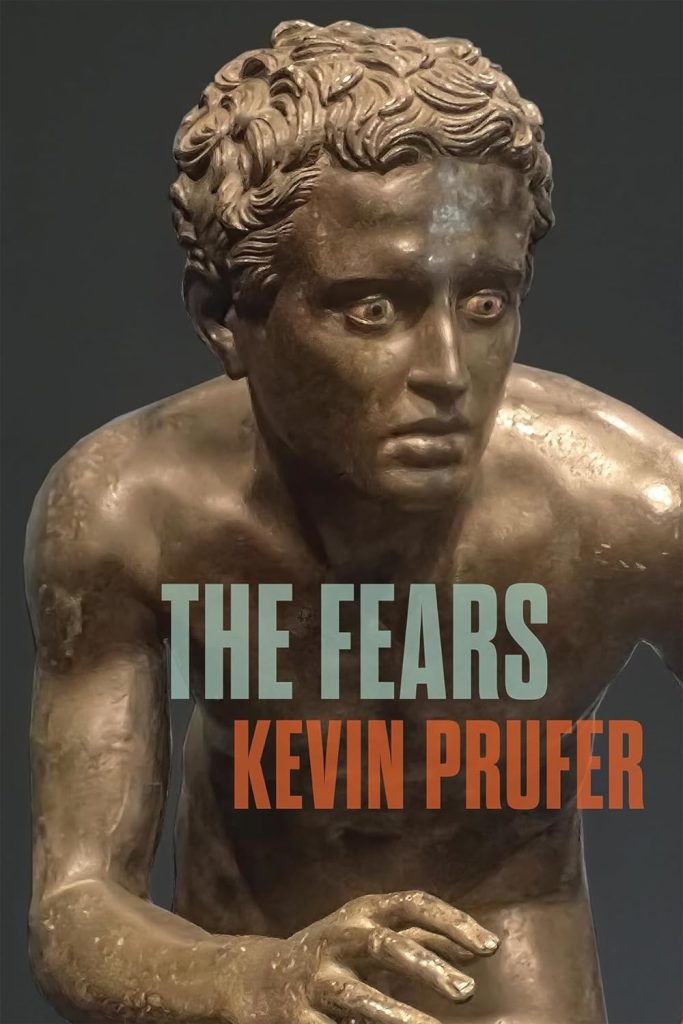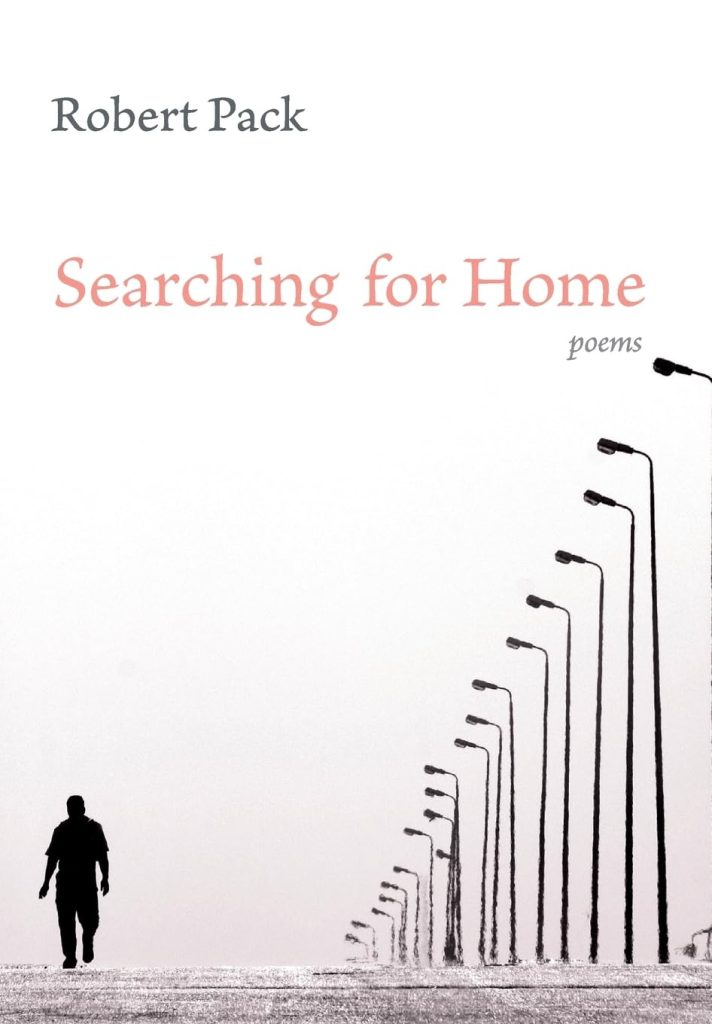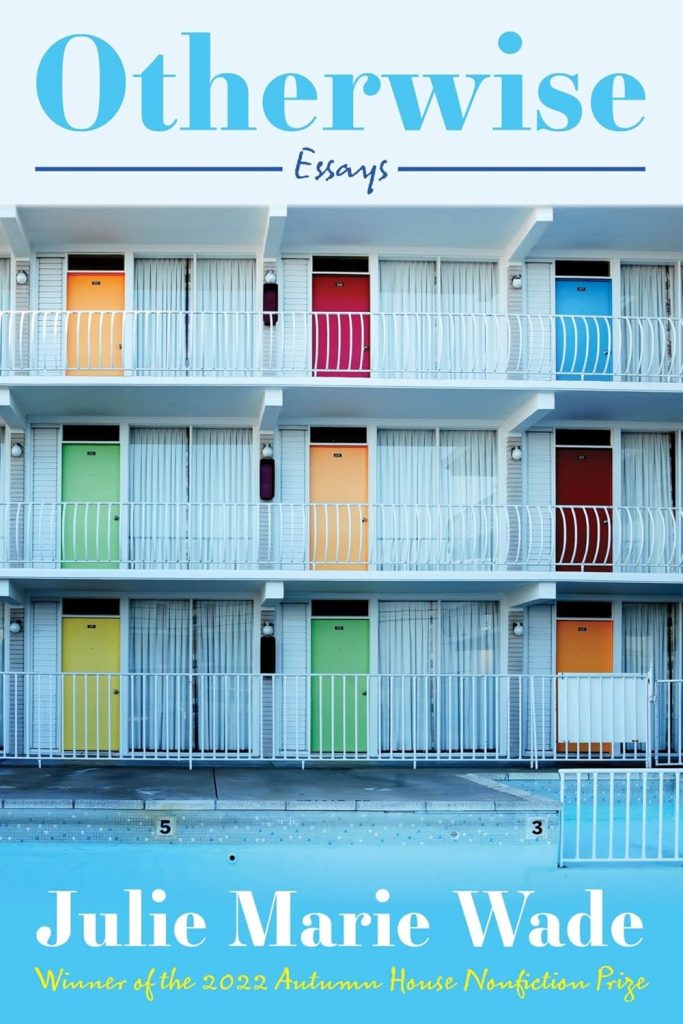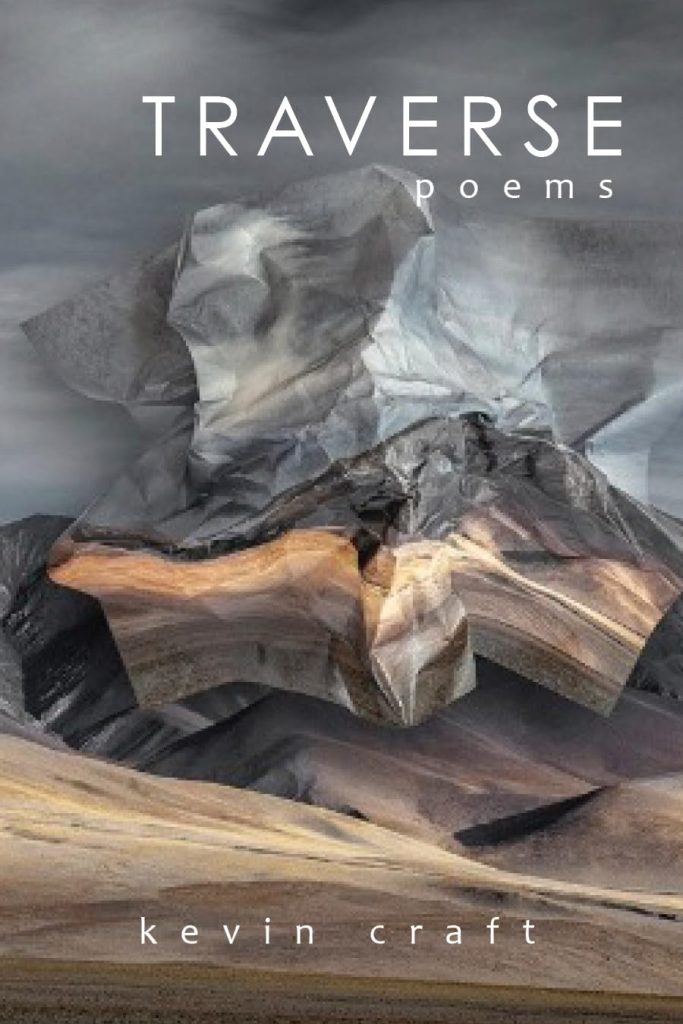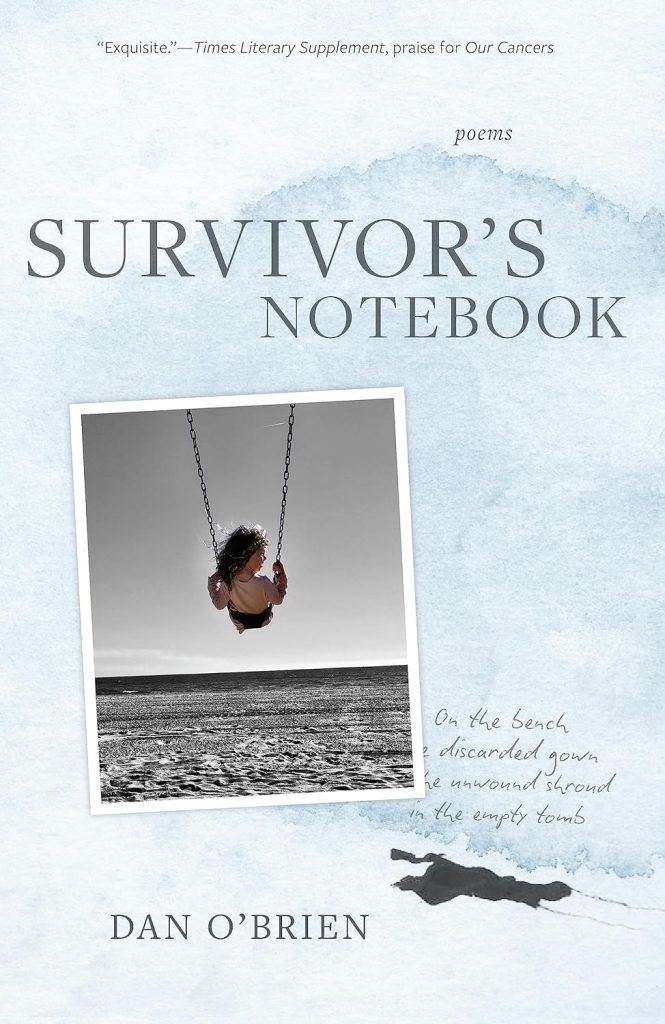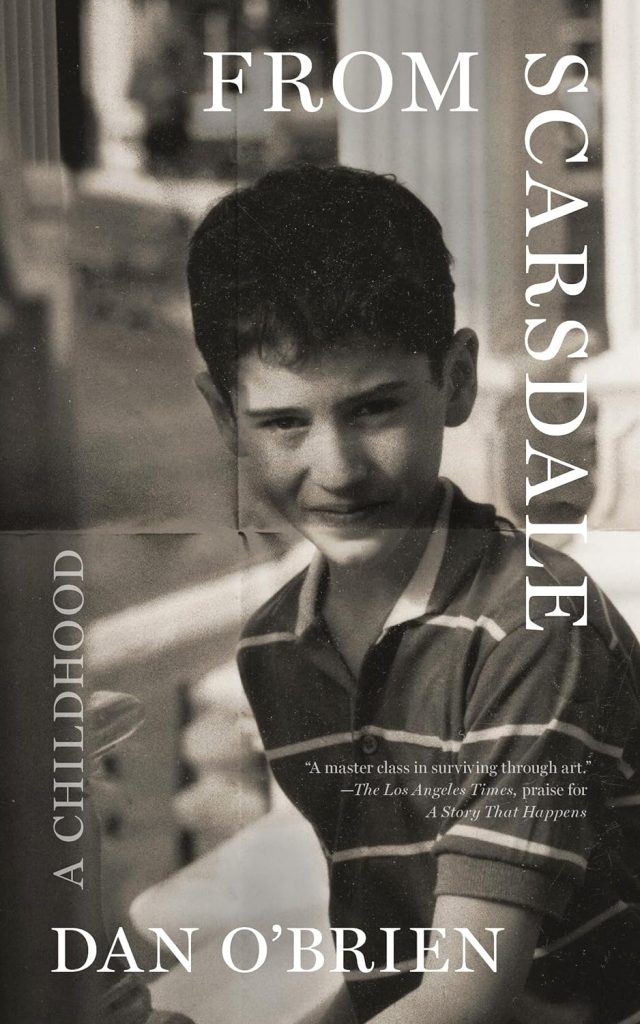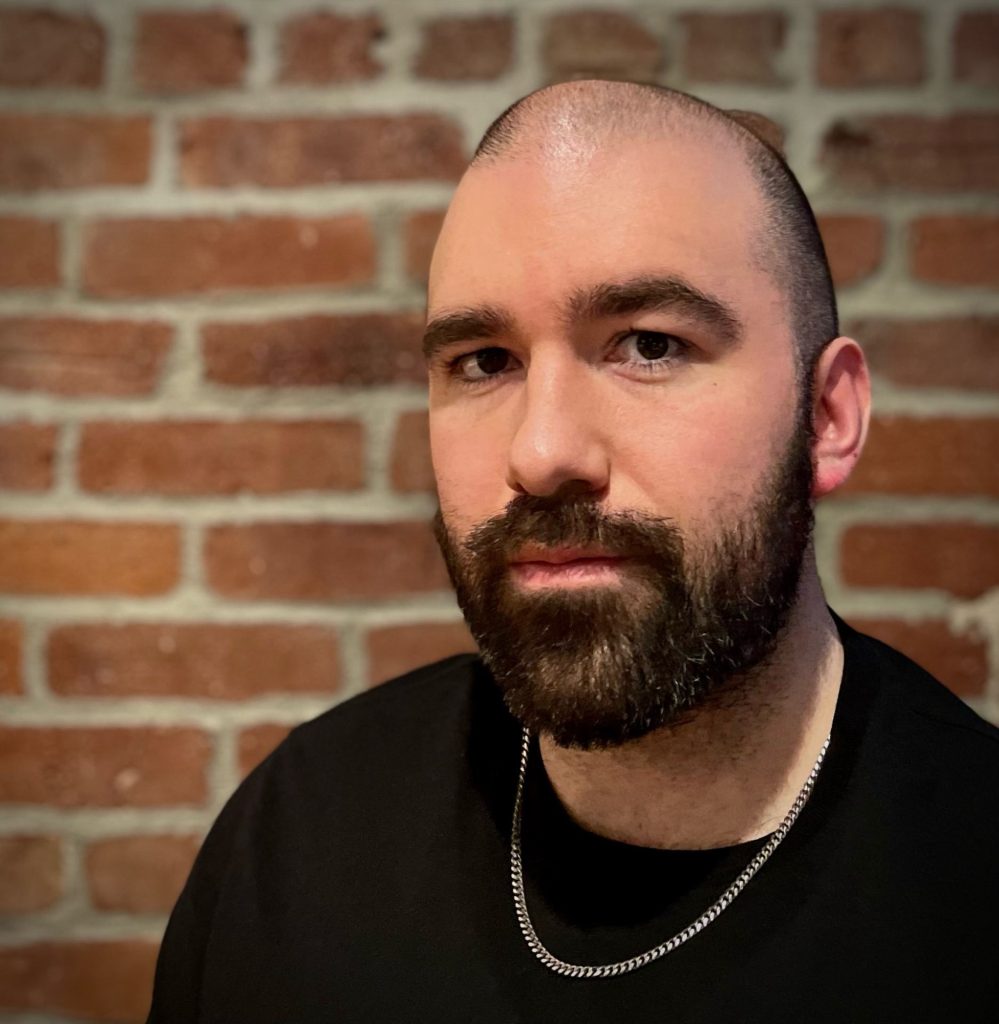
Photo of A. J. Rodriguez courtesy of the author.
NER fiction reader Alicia Romero talks with author A. J. Rodriguez about his ideal reader, Latine/x erasure, the personhood of fictional characters, and his story “Raíces” from issue 44.4.
Alicia Romero: “Raíces” explores memory and identity. How would you describe the significance of language(s) in this story? Can you talk about your process and some of the choices you made?
A. J. Rodriguez: I’d say language as a cultural concept influenced my writing process in two ways. The first was thematic. I wanted to illustrate language’s fundamental relationship with memory and identity. I wanted the narrator to experience this connection through an immersion into his family’s history, something that would lead him to realize he is one piece of a complicated ancestral network. The second was craft. If language is a site of cultural identity, then the language of a story is steeped in cultural meaning, and that meaning carries different resonances for different audiences from different cultural backgrounds. So, as a writer, my word choice is also a choice of audience, one that dictates cultural meaning and emotional resonance. The choices of language and audience I made for “Raíces” are the same I make for any story. I write for my ideal reader, someone who doesn’t need me to translate or italicize or explain or justify the use of Spanish, the use of New Mexican slang, the refusal of “proper” grammar and spelling. In other words, I write for my community. I write so that a story’s cultural meaning and emotional resonance feels true to them.
AR: The history of Latinx people gets eliminated, reduced, and sometimes erased completely. In your story, Abuelo himself leaves Abuela’s indigenous roots off of the family tree document. What do you think are the societal pressures that cause someone like Abuelo to participate in that erasure?
AJR: I believe American society functions on a system of scarcity and exclusivity; we value things that are scarce and exclusive, and value gives something power. White supremacy is an aspect of this system. It is an ideology that attaches social value to social identities, reserving power for an exclusive group, white people, and creating a scarcity of power for those who are not white or who do not have a complete claim to whiteness. In this system whiteness is valued—is powerful—it’s a way to survive scarcity and exclusivity. Conversely, identities not deemed white, such as indigenous ones, must grapple with reduction, elimination, and erasure. Some Latinx people have a claim to whiteness: some can pass for white—others are only of European descent—others champion their European bloodlines as an appeal to systems of power, a self-destructive way to avoid being negated. I think Abuelo falls into this last camp. He comes from a generation of Chicanos who, willingly and unwillingly, opted into the American project. They subscribe to its values even though doing so requires them to devalue parts of themselves.
AR: The use of the camera becomes symbolic of memory. The photographs that the narrator finds reveal Abuelo’s memory of his time in the air force. In your opinion, what does trauma attributed to a character create for the writer?
AJR: I think when trauma is a character trait it is a loud one—not just for the character but for the story, too. Trauma brings emotional baggage heavy enough to demand that the story grapple with it as a theme. If the story doesn’t distribute that weight thoughtfully, it can read as treating trauma like a personality quirk and thereby dismissive of traumatic experiences—or, on the other hand, the story can lean too heavily into a character’s traumatic experience that they become nothing more than their trauma. Both treatments ignore the dimensionality of their characters, which is how you end up with a dehumanizing narrative. I tried to be mindful of this when approaching Abuelo’s character, writing him with the belief that nobody’s personhood is defined by a singular trait. His trauma influences and is influenced by other aspects of his humanity, such as his cultural background, his generational ideas of masculinity, his isolation from his family. Abuelo’s photos, his inability to look at or throw them away, offer an understanding of how this specific individual is dealing, or not dealing, with their trauma.
AR: Without film in the camera the narrator clicks, clicks, clicks looking through the lens at all the documents in that room. Do you have a particular interest in photography? Historical primary documents? How do these interests or use of these elements contribute to your writing?
AJR: I have a general fascination with artforms I have no expertise or training or talent in. I try to actively engage with art that isn’t literature and relish interactions with artists who aren’t writers. Doing so reconnects me with that childlike wonderment around creative acts, a feeling I find necessary to be imaginative in my own work. I think when the narrator takes those imaginary photos, he is calling upon a similar sensation of awe that makes this performance meaningful to him. I believe photography is a weirdly spiritual medium, especially film photography. A photographer friend once described developing film as a ghostly ritual, a kind of necromancy in which you reanimate the past. When someone is photographed and that photograph is made physical, who they are in that moment is preserved, and it will last beyond the point of their death. In this sense photography is profoundly intimate, and if a photographer is aware of that intimacy, it is often reflected in their work. This is the photography I’m drawn to. It moves me—so much so that in “Raíces” I wanted to incorporate photographic intimacy into the story.
AR: I was struck by this idea of the “terrified vato” at the end of your story. It made me wonder how you believe a Latino man can survive in a world fraught with racial inequality?
AJR: I view racism as a religion of isolation and alienation. Similarly, I think machismo promotes this idea that manhood looks like independence, like not relying on others, like dealing with life on your own. As a result, Latinos must wrestle with internally and externally generated forces that push them toward a state of seclusion, one that leaves them existentially volatile. Feeling alone and surrounded at the same time is terrifying. So how does a vato not feel alone? How does he reimagine what surrounds him? I believe it starts by re-situating the self within a sense of community, to recognize and embrace that an individual experience is inseparable from a collective one. Cultural bonds and coalition are antithetical to the religion of racism, which means they are the heartbeat of resistance, the fabric of liberation. What I find particularly empowering is that communal connectivity transcends time; it extends to your ancestors and your descendants. What we are surrounded by then is not just oppression but a timeless salve to that oppression. And I think storytelling, the exchange between speaker and listener, or writer and reader, is crucial to accessing this plane of collectivity.
AR: Who are the writers you admire? Why?
AJR: With all I’ve mentioned about communal and cultural and ancestral relationships, it’s probably no surprise that literary heritages mean a lot to me. My development as a writer was largely influenced by my discovery of authors who wrote about communities like my own, whose themes investigated similar questions, whose stories spoke to a sense of being that felt true to the world around me. Absorbing these works gave my writing seeds to grow from, inspired me to feel like a thread in a larger tapestry. And what’s especially cool is that this tapestry isn’t just limited to one literary tradition—because traditions themselves overlap and intertwine. I hope to write into a lineage of New Mexican writers like Rudolfo Anaya, Leslie Marmon Silko, and Kirstin Valdez-Quade, but I also find myself drawing from a tradition of Chicanx literature that includes writers like Helena Viramontes and Manuel Muñoz, who themselves fall into a broader literary canon of writers of color such as James Baldwin, Louise Erdrich, and Edward P. Jones. All these voices are in conversation with one another, and listening to them reminds me why I write.
Alicia Romero is a graduate of McGill University. She taught AP English in San Diego, CA and led the English Department for the Oakland Unified School District. She taught English teachers curriculum and instruction at McGill University, San Diego State University, and Saint Mary’s College.
A. J. Rodriguez is a Chicano writer born and raised in Albuquerque, New Mexico. He is a graduate of the University of Oregon’s MFA program and the recipient of fellowships from MacDowell and Yaddo. His stories have won CRAFT ’s Flash Fiction Contest, the Crazyhorse Fiction Prize, second place in Salamander’s Fiction Contest, and the Kinder/Crump Award for Short Fiction from Pleiades, judged by Jonathan Escoffery. His fiction also appears in Passages North, New Ohio Review, Fractured Lit, and the Common.
